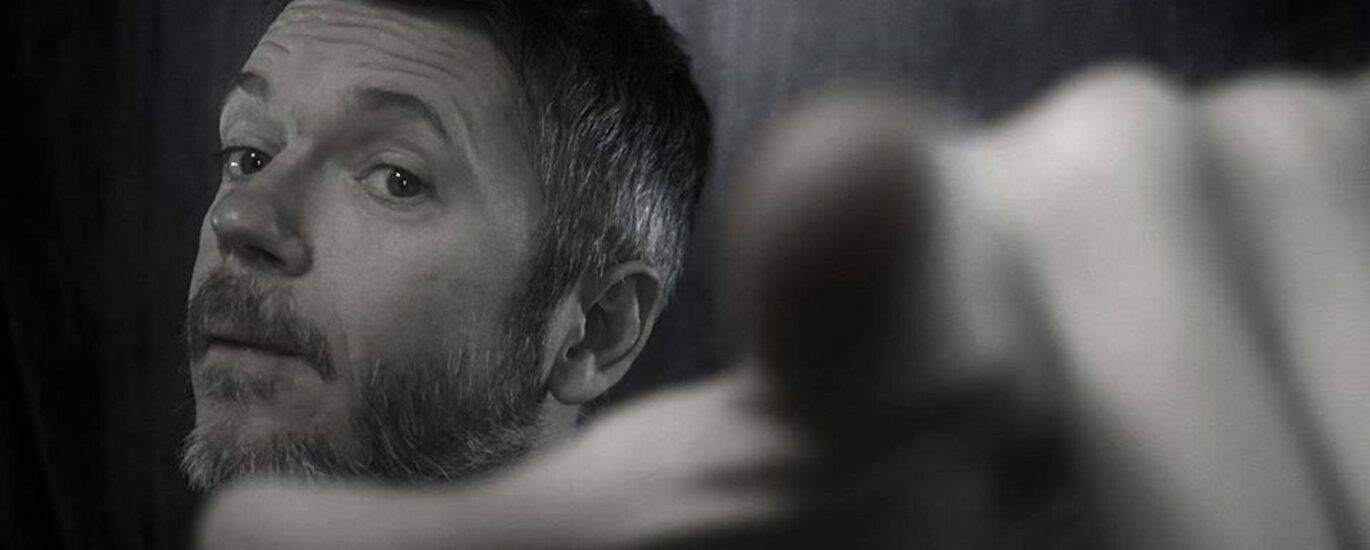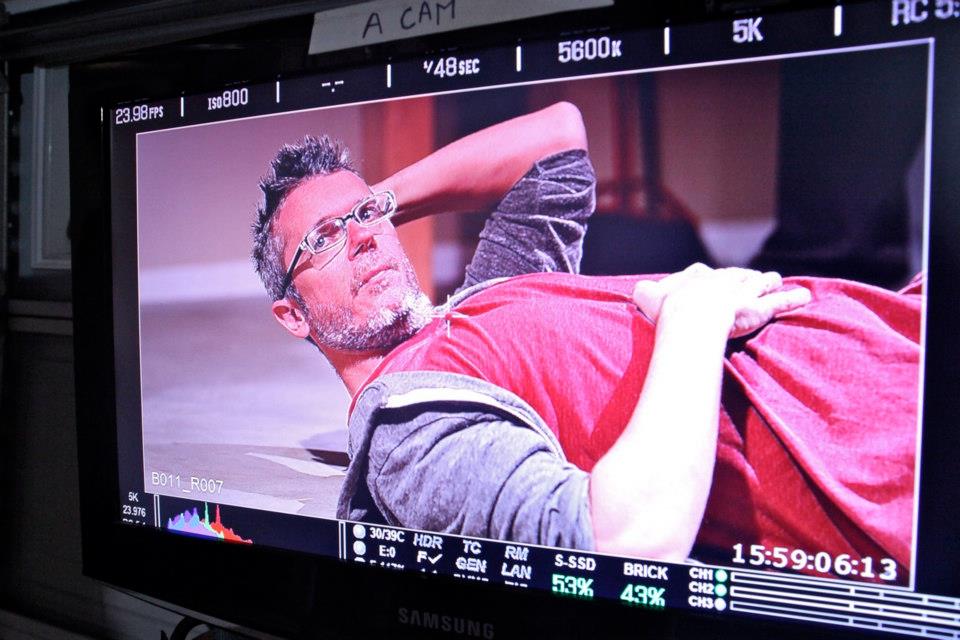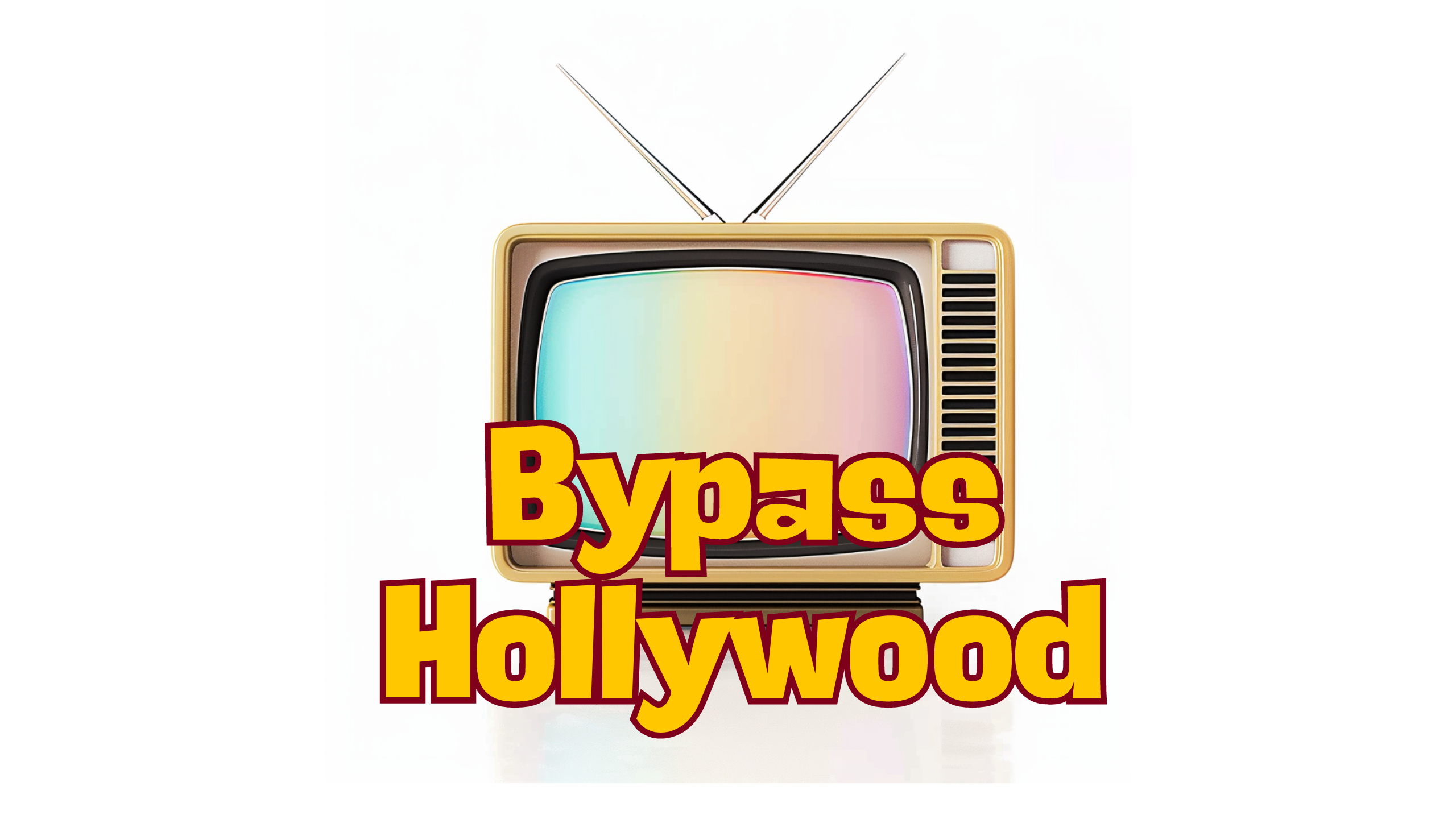


From growing up in trailer park and surviving on potatoes and Ramen noodles to making six figures per year as a filmmaker, Jason Horton proves anything is possible. His journey as a documentary filmmaker is a testament to perseverance and strategic creativity. In an exclusive interview with me, Horton shares the practical steps he took to transition from struggling freelance work to making a comfortable living through his passion for documentary filmmaking. His story is filled with invaluable insights for aspiring filmmakers aiming to carve out a successful career in this competitive industry.
Jeff Rivera: Jason, I’ve been following your work and I’m personally inspired by your practical approach to filmmaking. How successful is it possible to be financially as an independent documentary filmmaker in today’s world?
Jason Horton: Thanks, Jeff. The sky’s the limit, really. I know filmmakers making a hundred thousand dollars a month on individual titles, and others making barely anything. Averages are much lower, but there’s no ceiling to what you can make. You could be the next big success like “Paranormal Activity” or “Blair Witch,” but those are rare cases. But let me tell you this hasn’t been easy. My first five or six years were feast or famine. I made money from freelance gigs but had long periods with no work. I ate a lot of ramen and potatoes. Eventually, I adopted an entrepreneurial spirit and stopped waiting to be hired. That change in mindset helped me find success.

What end of the financial spectrum as a filmmaker are you on? Are you able to live comfortably doing what you’re passionate about?
Horton: Yes, I make over six figures a year. In the grand scheme of things, compared to studio and big independent films, I’m on the low end. But among indie filmmakers, I’m in the 90th percentile. I do better than most at my level, which is inspirational in itself.
What’s the difference between someone making pennies a month and someone like you? Is it the number of titles, genres, or something else?
Horton: It’s a combination of things. I don’t think I’m an exceptional filmmaker, but I’m good at what I do and have been doing it for almost 25 years. I understand how to put together a movie that appeals to an audience. It’s not always technically polished, but it’s engaging. I’ve also been prolific; I have 60 or 70 titles in my library, all earning money. Being prolific and having a good business sense has helped me make a living.
Is there a difference between what the public wants and what professionals think is great?
Horton: Absolutely. Professionals often think a film needs to be at a studio level of quality, but there are audiences for all kinds of content. For example, I make low-budget documentaries that wouldn’t pass as Netflix-level, but they fulfill an audience’s need for information. Quality, in terms of production value, is secondary to content quality. People want the information and stories they’re interested in.
For professionals from legacy institutions considering indie filmmaking, what practical and inspirational advice would you give?
Horton: It can definitely be done. You don’t need a huge budget or world-class skills. I came from a modest background with no connections and made it happen bit by bit. However, it took me nearly 15 years to make a living from my films. You need to be able to do a lot yourself—shoot, edit, and produce. If you can do that, you’re in a good position. If not, it’s harder because you’ll need to rely on or pay others.
How low budget is it possible to shoot something that’s good enough for platforms and potentially profitable?
Horton: For documentaries, you can do it for almost nothing aside from your time and some basic equipment. I used a Sony 4K camera, a Zoom recorder, a shotgun mic, and a couple of lights. You can do interviews and most of the editing for free if you have the gear. For narratives, it’s harder. I used to make very cheap films but didn’t feel comfortable paying people so little. Now, my base level for narratives is around $50,000 to $100,000. Starting out, you might volunteer or split back-end profits.

What genres or sub-genres in documentary filmmaking are untapped and have a big audience?
Horton: Trends change quickly, but currently, cryptid documentaries like Bigfoot are popular. However, it’s about your approach. I do positively spun introductions to the people and the subject matter, which resonates well. Look at what’s popular and find your unique angle. Genuine, real-feeling content often does well.
What actually works in marketing your films? What gets viewers from ads or publicity to watching your documentary?
Horton: There are no shortcuts. Genuine interaction with your audience is crucial. Respond to comments, engage with people, and build a community. Sometimes, it’s just about the right project at the right time. For example, my Bigfoot documentary took off with minimal marketing because it hit the right note with audiences. Genuine connection and consistent engagement are key.
How can someone raise $5,000 or $50,000 for a film if they don’t have wealthy friends or family?
Horton: There are no tricks; it requires dedication. I saved up over a year and used credit cards for my first $5,000 film. You need to be willing to make sacrifices and find ways to save or crowdsource. If you’re not willing to do that, it’s tough to break into independent filmmaking. Grants are an option, but they’re competitive.
Jason Horton’s journey from struggling freelancer to successful documentary filmmaker is a powerful example of how perseverance, adaptability, and genuine audience connection can lead to success. His story offers a realistic and inspiring roadmap for aspiring filmmakers aiming to make a living from their passion.




